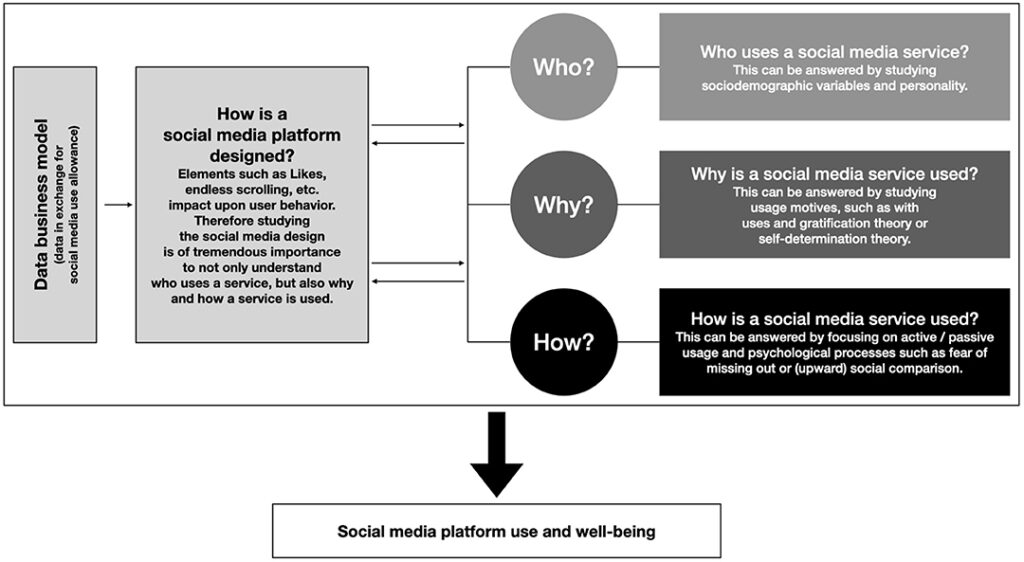Game design requires consideration of not only the visual and interactive elements of a game but also its impact on player emotions and motivations. Game mechanics, visual design, storytelling, and social interaction all play a role in engaging players and increasing retention rates. Understanding user behavior and psychology is crucial for game designers to create games that resonate with players and create a sense of attachment and loyalty. Emotional engagement, balanced game mechanics, coherent storytelling, and social interaction can create a memorable game experience that keeps players coming back for more.
The Psychology of Game Design: Understanding User Behavior and Motivations
The art of game design is all about capturing the imagination of players and stimulating their emotions through interactive experiences. While designing a game, it’s essential to consider not only how the game looks and plays but also how people will react to it. Game designers are responsible for creating games that players not only enjoy playing but also crave to play. With an understanding of psychology, designers can create engaging games with higher player retention rates.
The Importance of Emotional Engagement in Game Design
Emotions are at the center of every player’s experience within a game. Game mechanics, visual design, and storylines have a significant impact on user behavior, creating different emotional responses like excitement, frustration, joy, and disappointment. Emotions are what motivates players to keep playing the game and reach the finish line. Games with high emotional engagement have been known to keep players coming back for more, leading to increased game retention rates and revenue.
The Role of User Behavior in Game Design
Understanding user behavior is crucial for game designers to create games that resonate with their target audience. Players have different motivations and behaviors, and game designers must keep that in mind while designing and building games. User behavior can vary from person to person and is influenced by a broad range of psychological factors, like personality traits, cognitive factors, emotions, and attitudes. To create a game that is appealing to all types of players, designers must consider how different users will interact with the game.
The Psychology Behind Game Mechanics
A game’s mechanics, or how the game works, can have a great impact on player enjoyment and engagement. The mechanics of a game have to be challenging enough to keep the players interested but not so difficult that it becomes frustrating. There must be a balance between difficulty and reward, leading to a sense of accomplishment and increasing player pleasure. With an understanding of human behavior, game designers can create mechanics that appeal to players and keep them interested in the game for longer. For example, game designers can use the concept of gamification to gamify a task to make it more interesting for players. They can use points, rewards, and challenges to create a sense of achievement among players, stimulating their motivation and driving them to keep playing.
The Importance of Visual Design in Game Design
The visual presentation of a game is crucial in creating an immersive experience. Game designers use visual design to create an emotional impact and to elicit specific responses from players. Visual cues can be used to guide players through the game, emphasizing important areas of interest, and generally creating an atmosphere that matches the desired emotional responses. Graphic design’s role is to help the players contextualize the game and create an engaging atmosphere that creates excitement and stimulates interest.
The Role of Storytelling in Game Design
The storyline of a game is essential in creating an emotional response and engagement from players. Game designers use storytelling to create characters, worlds, and scenarios that players can relate to and feel invested in. A good story can resonate with players on an emotional level, resulting in a deeper connection and attachment to the game. Good storytelling can increase player retention and create a sense of loyalty towards the game and its brand. It’s essential to keep the story coherent and immersive to keep players engaged during the game.
The Power of Social Interaction in Game Design
Social interaction is another powerful engagement tool in game design. People enjoy playing games with others, and the opportunity to connect with like-minded gamers gives them a sense of belonging and value. Game designers can use social interaction to create a sense of community and collaboration. Multiplayer games are an excellent way to create social interaction by allowing players to compete, cooperate, and interact with one another.
In Conclusion
Game design is a combination of science and art, with psychology playing a significant role in creating successful games. By understanding user behavior and motivations, game designers can create games that engage players on a deeper, emotional level. Engaging players with game mechanics, visual design, storytelling, and social interaction can make a game experience more memorable, leading to higher player retention and revenue.
